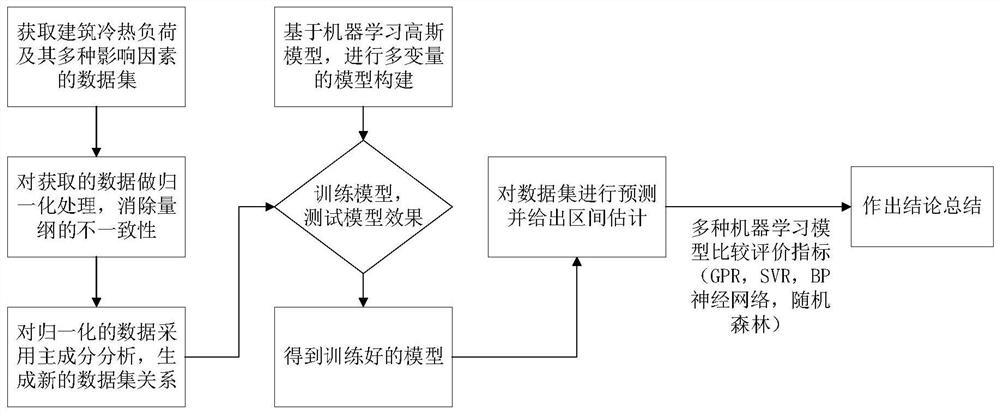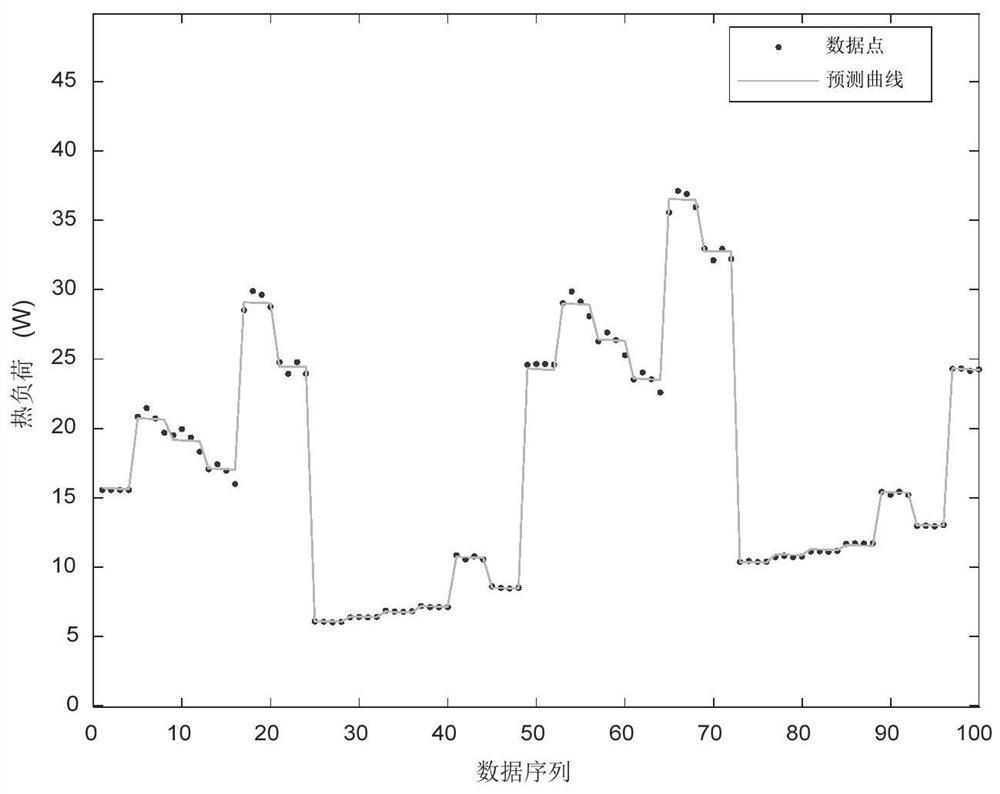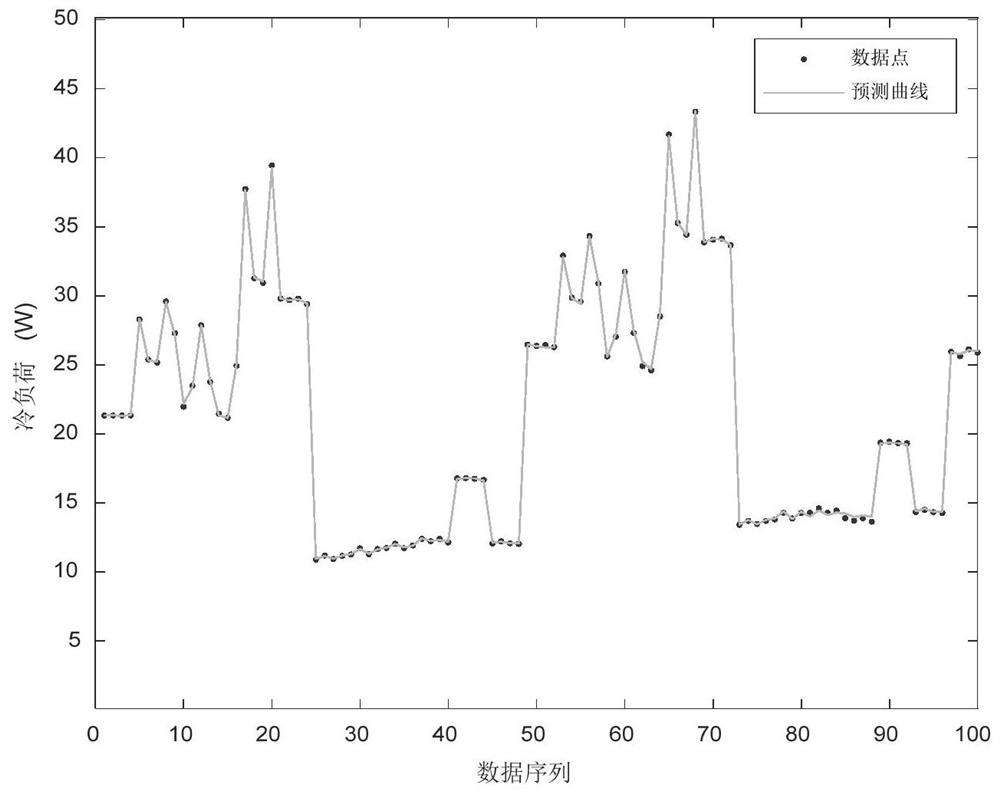Building cold and hot load prediction method based on data-driven Gaussian learning technology
A cooling and heating load, data-driven technology, applied in the field of building energy conservation, can solve problems such as complex implementation, low prediction accuracy, and large amount of calculation
- Summary
- Abstract
- Description
- Claims
- Application Information
AI Technical Summary
Problems solved by technology
Method used
Image
Examples
Embodiment Construction
[0051] The following will clearly and completely describe the technical solutions in the embodiments of the present invention with reference to the drawings in the embodiments of the present invention. Obviously, the described embodiments are part of the embodiments of the present invention, not all of them. Based on the embodiments of the present invention, all other embodiments obtained by persons of ordinary skill in the art without making creative efforts shall fall within the protection scope of the present invention.
[0052] The present invention is based on the data-driven Gaussian learning technology building cooling and heating load forecasting method, comprises the following steps:
[0053] S1: Obtain data sets of building cooling and heating loads and various feature data sets that affect cooling and heating loads;
[0054] S2: Use the principal component analysis method to process the training data set and extract an appropriate number of principal components;
...
PUM
 Login to View More
Login to View More Abstract
Description
Claims
Application Information
 Login to View More
Login to View More - R&D Engineer
- R&D Manager
- IP Professional
- Industry Leading Data Capabilities
- Powerful AI technology
- Patent DNA Extraction
Browse by: Latest US Patents, China's latest patents, Technical Efficacy Thesaurus, Application Domain, Technology Topic, Popular Technical Reports.
© 2024 PatSnap. All rights reserved.Legal|Privacy policy|Modern Slavery Act Transparency Statement|Sitemap|About US| Contact US: help@patsnap.com










